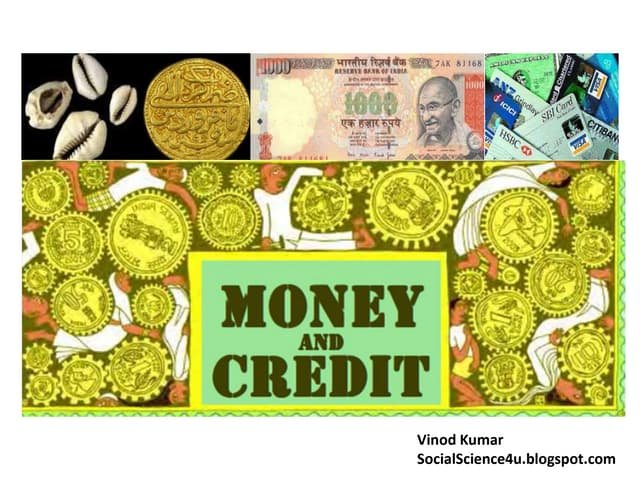In the modern financial landscape, credit money plays a pivotal role in shaping economies, influencing consumer behavior, and driving innovation. As we navigate an increasingly digital world, understanding how credit money functions within this ecosystem is crucial for both individuals and businesses.
What Is Credit Money?
Credit money refers to money created through lending. Unlike commodity money (like gold) or fiat currency issued directly by central banks, credit money is generated when financial institutions extend credit to borrowers. This form of money doesn’t exist physically; it lives in digital ledgers and banking systems.
For example, when you take out a loan from a bank, the money credited to your account wasn’t previously in circulation—it’s newly created. This process effectively expands the money supply.
Credit Money and the Digital Revolution
With the rise of digital platforms, online banking, and fintech innovations, credit money has become more accessible than ever. Here’s how digital transformation is reshaping credit money:
1. Online Lending Platforms
Fintech companies and digital lenders have democratized access to credit. Borrowers no longer need to rely solely on traditional banks. Peer-to-peer (P2P) platforms, buy-now-pay-later (BNPL) services, and micro-lending apps allow users to access funds instantly, often with fewer barriers.
2. Digital Wallets and Embedded Credit
Apps like PayPal, Apple Pay, Google Pay, and others are not just payment solutions—they increasingly offer credit lines, allowing users to “buy now, pay later.” This embedded credit model integrates credit money into everyday transactions.
3. Blockchain and DeFi
Decentralized Finance (DeFi) has introduced new forms of credit creation without central intermediaries. Crypto lending platforms allow users to borrow digital assets by providing collateral, creating a decentralized form of credit money. Though still evolving, DeFi showcases how credit can operate in a trustless, algorithm-driven system.
Economic Impact of Credit Money
Credit money drives economic growth by enabling consumption and investment. However, it comes with risks:
Pros:
Stimulates spending and investment
Helps businesses scale operations
Allows consumers to afford high-ticket items like homes, cars, and education
Cons:
Over-reliance can lead to debt bubbles
Requires strong regulation to avoid systemic risk
Can increase wealth inequality if credit access is uneven
Regulation and Oversight
Central banks and regulators monitor credit creation closely. Tools like interest rate controls, reserve requirements, and capital adequacy norms are used to ensure financial stability. In the digital age, regulators face new challenges, including:
Monitoring fintech credit providers
Regulating crypto-based lending
Ensuring data security and privacy
The Future of Credit Money
As we move forward, several trends will shape the future of credit money:
AI-Driven Credit Scoring: AI and big data are enabling smarter risk assessment, allowing more people (especially the unbanked) to access credit.
Central Bank Digital Currencies (CBDCs): While not credit money themselves, CBDCs could change how traditional banks create and manage credit.
Open Banking: By sharing financial data across platforms (with user consent), consumers could benefit from personalized and competitive credit offers.
Conclusion
Credit money is the engine behind modern economies, and its role is only growing in the digital age. As financial systems evolve, so too must our understanding of how credit is created, distributed, and regulated. Whether you’re a consumer, entrepreneur, or policymaker, staying informed about the dynamics of credit money is essential in today’s digital financial system.







